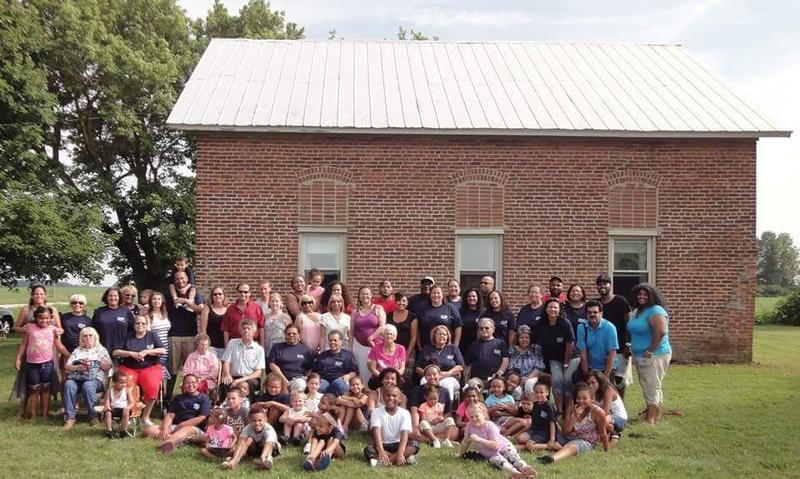Thomas and SallyPosted in Arts, History, Live Events, Media Archive, Slavery, United States on 2017-08-12 22:09Z by Steven |
Marin Theater Company
Mill Valley, California
September 28-October 22 (2017) | World Premiere
An explosive world premiere by a 2017 PEN Award winner, Thomas and Sally gets up close and personal with founding father Thomas Jefferson and Sally Hemings, the enslaved woman who mothered six of his children. Playwright Thomas Bradshaw takes us behind the scenes—and into the beds—of American history with the Hemings-Jeffersons and the rock stars of the Revolution: Ben Franklin, John & Abigail Adams & the Marquis de Lafayette!
Mr. Bradshaw’s writing has been influenced by the research of many historical experts on the Jefferson and Hemings families, but the world of this play is completely his own:
“Thomas and Sally is a work of historical fiction. You may recognize many of the names in this play, but others are pure invention. History is highly malleable and subject to interpretation. This is my attempt to explore the essence of these characters and the world they lived in. This is a play, and I am playing with history. I hope you enjoy.”
Thomas Bradshaw’s plays have been produced at regional theaters in NYC as well as in Europe. He is currently working on commissions from the Goodman Theatre, Manhattan Theatre Club, and the Foundry Theatre, as well as developing a TV series for HARPO and HBO. He is the recipient of a 2009 Guggenheim Fellowship, the 2010 Prince Charitable Trust Prize, the 2012 Award from the Foundation for Contemporary Arts, and this year’s PEN award for an Emerging American playwright.
For more information, click here.








